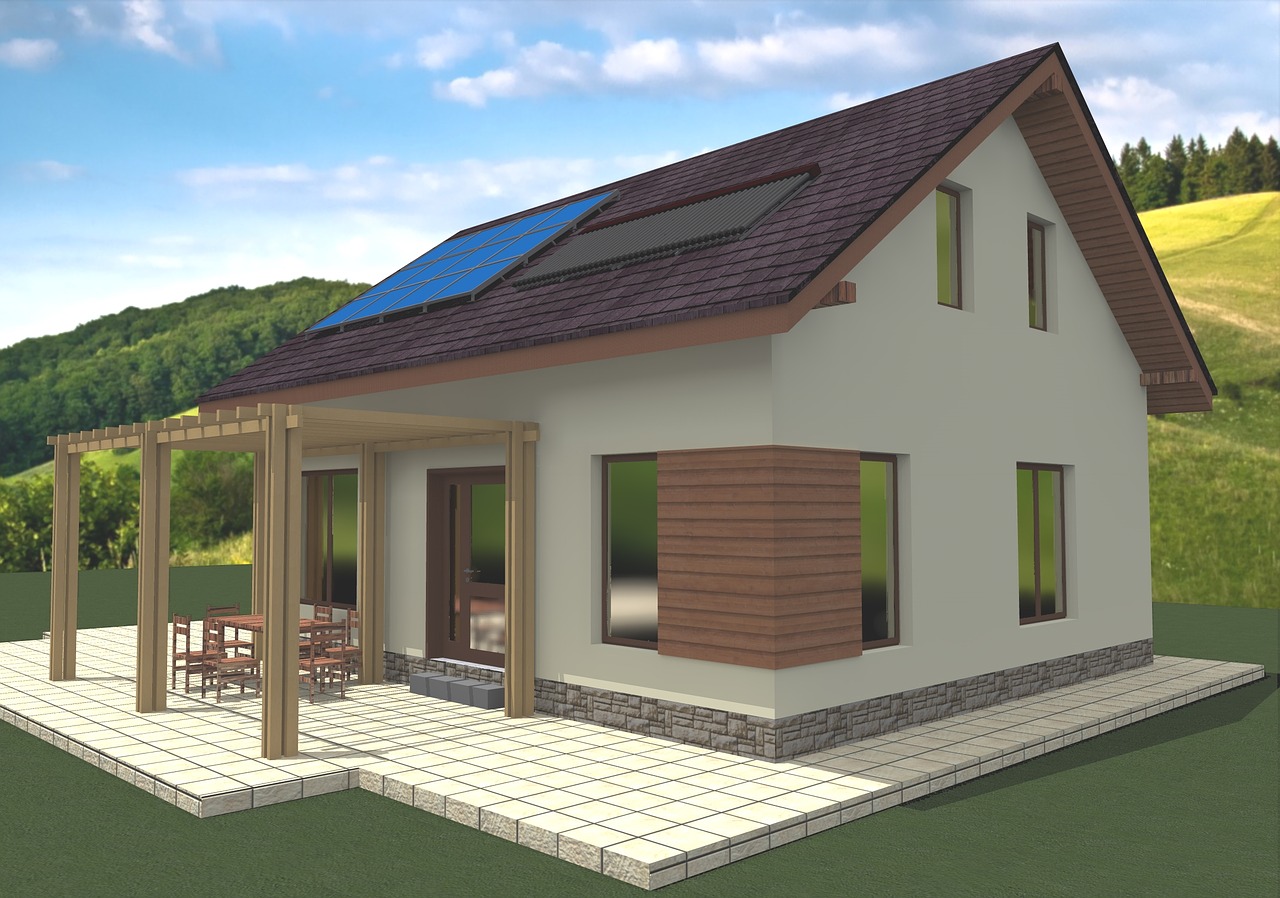As humanity advances year by year, we continue to develop new systems and products in various fields.
However, due to this rapid development, it is important to remember that if we do not learn how to be sustainable, we could damage this planet beyond the point of no return.
To avoid such a situation, we must know how we can make our surroundings, the way we develop, and even our ways of living more sustainable.
A significant part of our society is linked with the building we live in and utilize for different purposes. So we must learn how to make these buildings more sustainable to lessen their harmful impact on the environment.

There are many practices that help achieve this like, the integration of indoor office plants in our workspace. In this article, this and many other examples will be explained in detail.
The idea of integrating plants in a building does not mean merely having a potted plant here and there. What it really means is the ways like installation of a bio wall.
With it, buildings will have a natural air filter that will reduce CO2 and other VOCs (volatile organic compounds) in the air. In business properties, due to poor air quality and pollution, employees are often seen falling prey to respiratory and related ailments.
Plant integration in offices will significantly reduce the appearance of chronic respiratory illness, coughing, fatigue, and headaches in building residents as the air quality increases.
Since the plants do all the air purification work, the amount of energy the HVAC uses will also decrease.
Read Also:
Surprisingly, traditional construction methods can produce incredible quantities of waste, just as it is a very energy-intensive process.
It also produces large amounts of industrial waste and CO2, which puts a strain on the environment. However, due to the rise of modular construction methods and its materials for buildings, the entire structure can come pre-built.
This process saves builders time, money, and also reduces the environmental effects induced by the establishment. This is because prefabrication is much quicker and also takes less time than traditional construction methods.
Things like precast concrete also produce less waste, which means less impact on air quality. The process also uses recycled materials, which reduces the amount of garbage produced during demolition.
There is no doubt that this is the one that most people must have heard about, but it is still good to mention it as it is just as important as any of the others.
With renewable energy resources, like solar panels, buildings can reduce the amount of money they spend on traditional energy.
If the buildings’ renewable energy systems produce excess energy, they can then sell it, which means that they end up earning money from these systems.
Natural light is available for mostly more than half of the entire day, depending on the time of the year. It would be a waste if not taken advantage of it in any way possible.
There are many benefits that natural light can provide. For example, with the help of specific windows, you can trap the heat from the sunlight into the building and warm the building up.
This will help reduce the costs you spend on heating the building during the cold weather. Natural light can be used as a source of energy for solar water heaters.
You are thus saving money on electricity that you might have used on your heater.
Again, this is one that might feel obvious. However, in recent years people have been focusing more on the building’s looks and not how it interacts with the environment.
It is essential to make sure that we are designing buildings that interact well with their surroundings. Buildings here in Australia are now designed with a couple of features in mind that do the job.
They make sure to design buildings with proper natural ventilation to take advantage of specific breezes that encourage particular temperatures. They also create them with insulation in mind.
By ensuring that the materials used help insulate the indoors, the heat is not lost during the winter, or the excess heat won’t enter the building during the summer.
As you can see from all of these points, it is clear that there are various ways to improve the buildings to make them more sustainable.
And there are even more ways to make the structures more sustainable. It is essential that these practices are used as often as they can be.
It does not have to be all of them, but even if any of them, especially the integration of indoor office plants, is carried out, we will be able to reduce the stress we put on our planet and will be able to make it a better place to live.
Alice Churchill is a copywriter and content strategist. She helps businesses stop playing around with content marketing and start seeing the tangible ROI. She loves writing as much as she loves the cake.